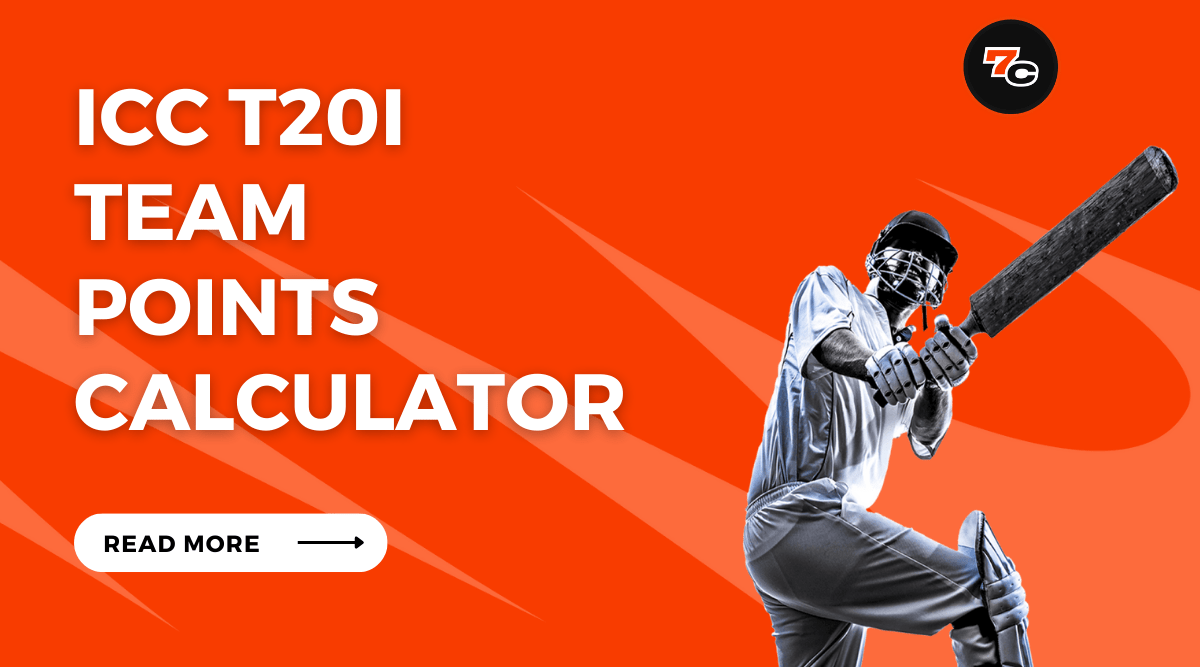Cricket, a sport steeped in tradition and strategy, showcases an array of elegant shots that captivate spectators worldwide. Among these shots, the drive stands as a prominent figure on the cricketing landscape.
Like a symphony conductor guiding his musicians, the batsman orchestrates this shot with precision and finesse. This article delves into the mechanics, significance, and variations of the drive shot in cricket.
Additionally, it explores notable players who have mastered this art form, leaving an indelible mark on the sport’s history.
- Drive in cricket is a technique used to hit the ball along the ground, usually played through the off-side.
- It requires good timing, placement, and weight transfer onto the front foot to generate power.
- Famous drives in cricket history include Sachin Tendulkar's straight drive, Ricky Ponting's cover drive, Kumar Sangakkara's on-drive, and Virat Kohli's cover drive.
- Driving skills are important as they allow batsmen to score runs along the ground, find gaps in the field, and add elegance and finesse to their repertoire.
The Mechanics of the Drive Shot
The mechanics of the drive shot involve a combination of proper footwork, weight transfer, and bat swing technique. To execute a successful drive shot in cricket, players must understand and master these key elements.
Firstly, the footwork plays a vital role in positioning oneself effectively to play the shot. The batsman needs to move their front foot towards the pitch of the ball while maintaining balance and stability. This allows for better control and enables them to generate power through their shots.
Secondly, mastering the timing is crucial in executing a drive shot. It requires exceptional hand-eye coordination to judge the length and line of the delivery accurately.
By watching the ball closely and committing at precisely the right moment, batsmen can connect with maximum force without compromising their control over the stroke.
Furthermore, proper weight transfer is essential when playing a drive shot. As the bowler approaches and releases the ball, transferring body weight onto their front foot allows batsmen to generate power through their shots effectively.
This forward momentum helps create optimal bat speed, resulting in powerful drives along with accurate placement.
In conclusion, understanding and implementing these key elements – footwork, timing, and weight transfer – are fundamental for executing an effective drive shot in cricket.
These aspects work together harmoniously to enable batsmen to deliver powerful yet controlled shots on both front-foot or back-foot drives.
Moving on from examining how drive shots are executed mechanically…
The Importance of the Drive in Cricket
One of the most crucial aspects in the sport of cricket is the ability to execute a powerful and accurate shot. The drive shot, in particular, holds great importance in a batsman’s repertoire.
It involves striking the ball along the ground with a full swing of the bat. The role of footwork plays a vital part in executing this shot effectively.
Proper footwork helps to get into position quickly and maintain balance throughout the shot, enabling the batsman to generate significant power.
The impact of timing cannot be overstated when it comes to driving in cricket. Timing refers to hitting the ball at precisely the right moment, ensuring maximum effectiveness and control over where it goes. A well-timed drive can pierce gaps in field placements or find boundaries effortlessly.
To fully appreciate the importance of driving in cricket, consider these points:
- Drive shots allow batsmen to take advantage of full-pitched deliveries.
- They help counteract swing and seam movement by playing straight.
- Drives are effective for scoring runs on fast-paced pitches.
- Executing perfect drives requires precision and concentration.
Understanding these factors highlights why mastering this shot is essential for any cricketer looking to excel at batting.
Exploring variations within drive shots provides further insight into their complexity and versatility without needing specific steps.
Variations of the Drive Shot
The drive shot is a fundamental skill in cricket, allowing the batsman to hit the ball with power and precision. There are several variations of the drive shot, each offering different advantages and challenges.
The straight drive is executed by driving the ball down the ground along the imaginary straight line between the bowler and mid-on.
The cover drive involves hitting the ball through the off side, towards extra cover. The off drive is another variant where the batsman drives the ball towards mid-off or wide of it on the off side.
Straight Drive
An effective shot in cricket is the straight drive, which involves hitting the ball with a vertical bat towards the bowler’s end. This shot requires precise timing and execution to ensure that the ball travels along the ground in a straight line.
The straight drive allows the batsman to score runs and control the game by placing pressure on the bowler. When executed perfectly, it can pierce through the fielders and reach the boundary effortlessly.
Variations of this shot include the reverse drive, where the batsman hits across their front foot towards extra cover, and the on drive, where they hit towards mid-on.
The straight drive sets up an exciting transition into discussing another popular shot in cricket: the cover drive.
Cover Drive
A popular shot in the game of cricket is the cover drive, which involves striking the ball with a horizontal bat towards the area between point and mid-off.
The cover drive is considered one of the most elegant strokes in cricket, requiring skill and precision to execute effectively.
Here are some techniques for executing the cover drive:
- Footwork: Proper footwork is crucial for a successful cover drive. The batsman needs to move their front foot towards the line of the ball as it approaches, ensuring they are well-balanced and in a good position to play the shot.
- Timing: Timing is essential when playing a cover drive. The batsman must wait for the ball to come closer before making contact with it, allowing them to hit it at its highest point and generate maximum power.
- Body Position: A correct body position is important while playing the cover drive. The batsman should maintain an upright stance with their head over their front knee, enabling them to transfer weight onto their front foot and achieve better control over the shot.
- Follow-through: A smooth follow-through after playing the shot ensures that momentum is carried forward, allowing for maximum power and direction in executing a cover drive.
The next section will discuss another type of cricket shot known as an ‘off-drive,’ which shares similarities with the cover drive but has its own distinct technique.
Off Drive
Executing an off-drive requires the batsman to strike the ball with a horizontal bat towards the area between point and mid-off, similar to a cover drive.
The off drive is considered one of the most elegant shots in cricket, requiring precise timing and technical proficiency. To execute this shot successfully, the batsman must have excellent footwork and balance.
The execution technique involves getting into position early, aligning the body correctly, and using controlled power to drive the ball through the off-side field. It is crucial for the batsman to keep their head still and eyes fixed on the ball throughout its trajectory.
By employing these techniques, batsmen can generate power and placement while maintaining control over their shots. This shot often results in scoring runs by piercing gaps in the field or finding boundaries.
Transitioning to players known for their exceptional drives…
Players Known for their Exceptional Drives
Renowned for their exceptional drives, certain players in cricket have gained recognition for their ability to execute powerful and precise shots.
These players employ various batting techniques to master the art of driving the ball effectively. One such player is Sachin Tendulkar from India, who is widely regarded as one of the greatest batsmen in history.
Tendulkar’s technique involves a strong base and excellent hand-eye coordination, allowing him to generate immense power through his shots.
His textbook technique enables him to drive the ball effortlessly through the off-side, showcasing remarkable timing and placement.
Another player known for his exemplary drives is Ricky Ponting from Australia. Ponting possesses a unique ability to find gaps in the field with precision while playing his drives.
His compact stance and quick footwork allow him to transfer weight onto the front foot swiftly, generating maximum power behind his shots.
Ponting’s exceptional hand-eye coordination further enhances his ability to execute powerful and controlled drives consistently.
Furthermore, Kumar Sangakkara from Sri Lanka has also earned recognition for his elegant yet effective driving skills.
Sangakkara’s impeccable technique involves a still head position and minimal body movement during shot execution, enabling him to maintain balance while playing drives of varying lengths.
Conclusion of a Drive
The drive shot is a fundamental technique in cricket, allowing batsmen to score runs and control the game. Its mechanics involve a straight bat and precise footwork, enabling players to strike the ball with power and accuracy.
This shot is crucial for establishing dominance over bowlers and dictating the pace of play. Variations such as the cover drive and square drive add flexibility to a batsman’s repertoire.
Notable players like Sachin Tendulkar have excelled at this shot, with Tendulkar recording an impressive 15,921 runs in his international career, showcasing his exceptional driving ability.
Frequently Asked Questions: Drive
How do I properly execute a drive shot in cricket?
To execute a drive shot in cricket, it is important to avoid common mistakes such as improper timing and incorrect grip. Additionally, effective footwork plays a crucial role in achieving success by allowing proper weight transfer and maintaining balance during the shot.
What are the key techniques and skills required for a successful drive shot?
The successful execution of a drive shot in cricket requires mastering key techniques such as proper footwork, timing, and balance. Shot execution involves transferring weight onto the front foot while maintaining a solid base for power and control.
Can the drive shot be used effectively in different formats of cricket, such as Test matches and T20s?
The effectiveness of the drive shot in limited overs cricket depends on various factors, including pitch conditions. While it can be a valuable stroke in T20 matches due to its potential for boundary scoring, it may require adjustments in test matches where longer durations and different pitch conditions prevail.
Are there any specific situations or conditions in a cricket match where the drive shot is more advantageous?
The drive shot can offer advantages in different cricket formats, such as test matches and T20s. It is particularly advantageous in situations where the pitch is flat and the bowler's pace allows for controlled shots, allowing batsmen to score runs effectively.
How can a player improve their drive shot and become proficient in executing it consistently?
To enhance consistency in executing the drive shot, players must focus on refining their technique and timing. By incorporating variations such as the straight drive and cover drive, they can effectively navigate different situations during a cricket match.











